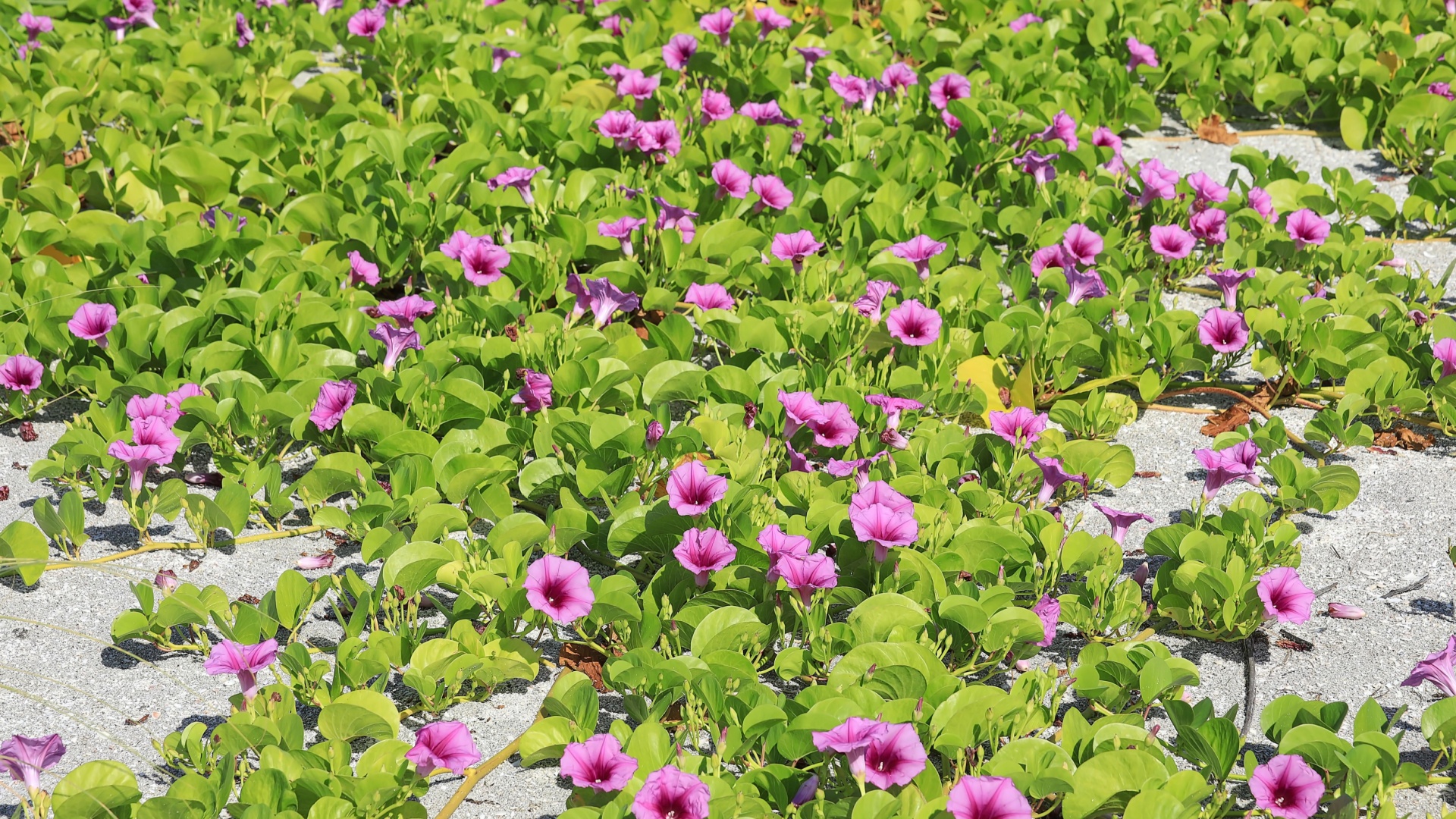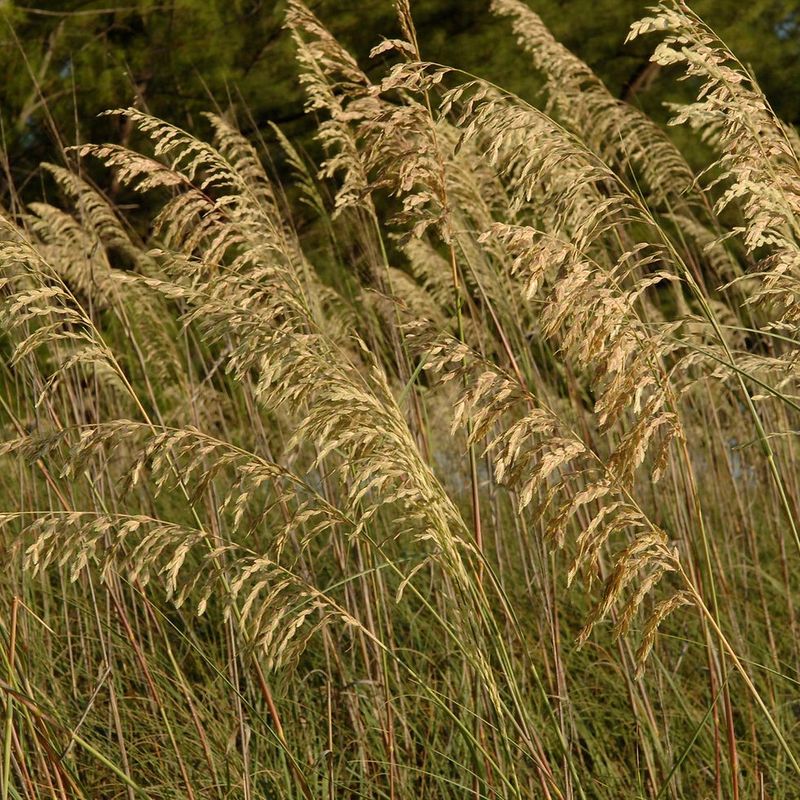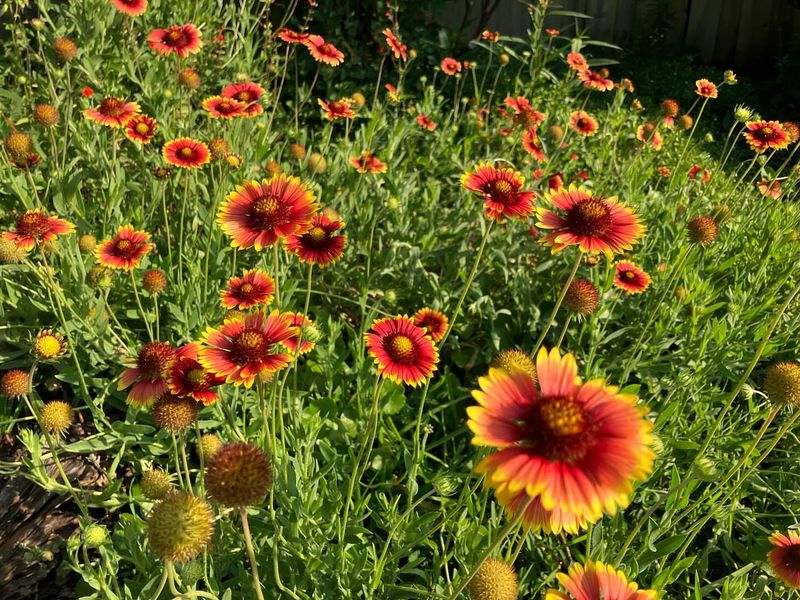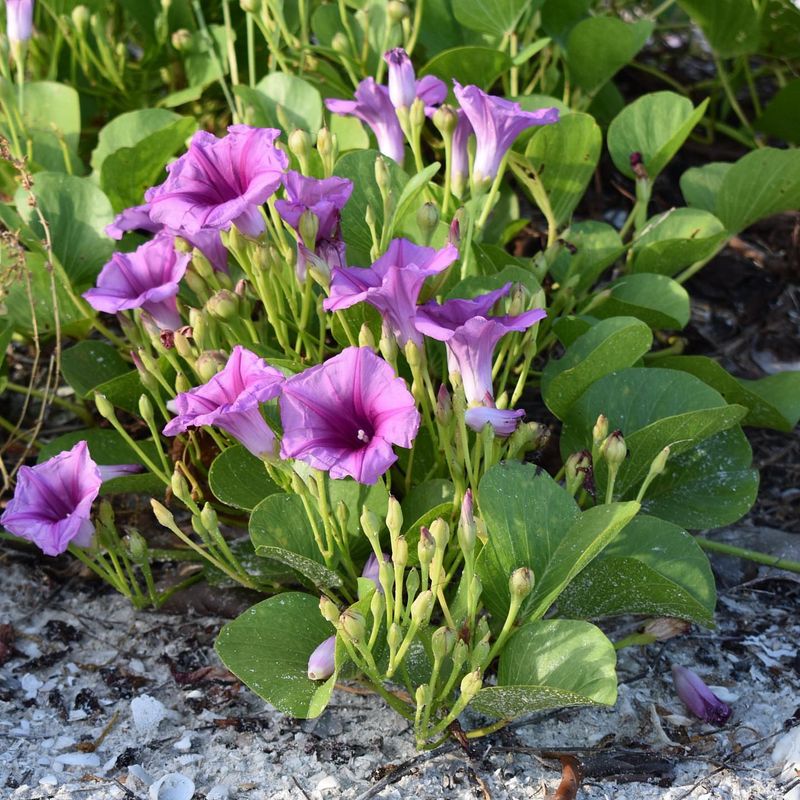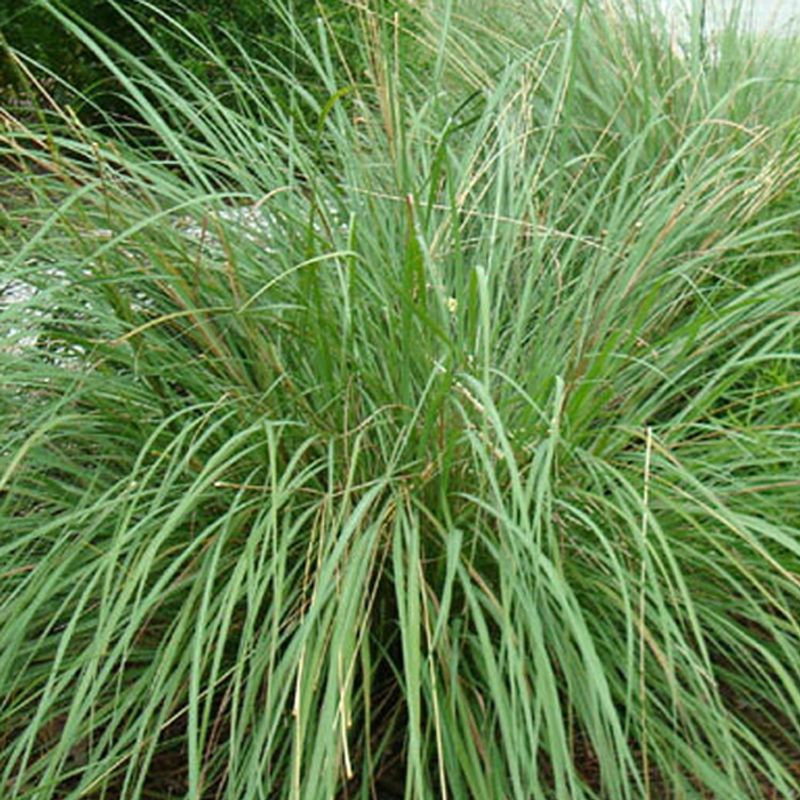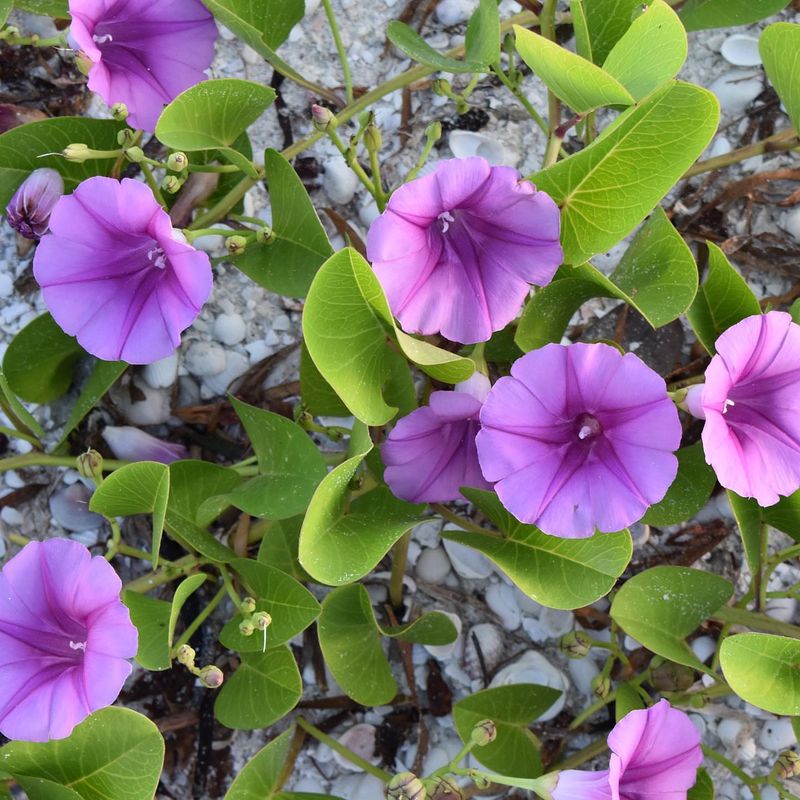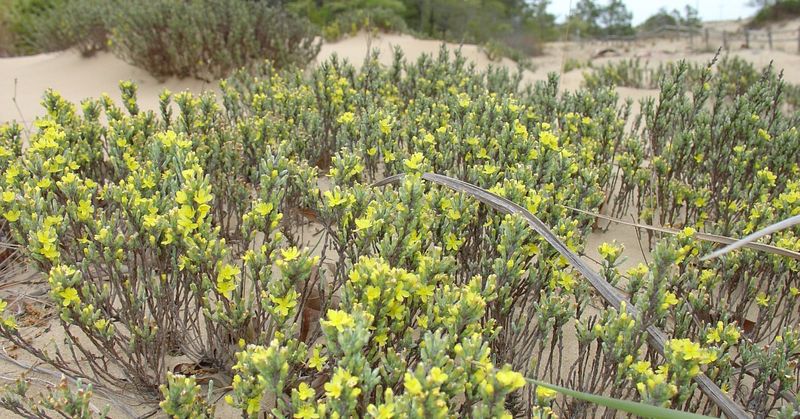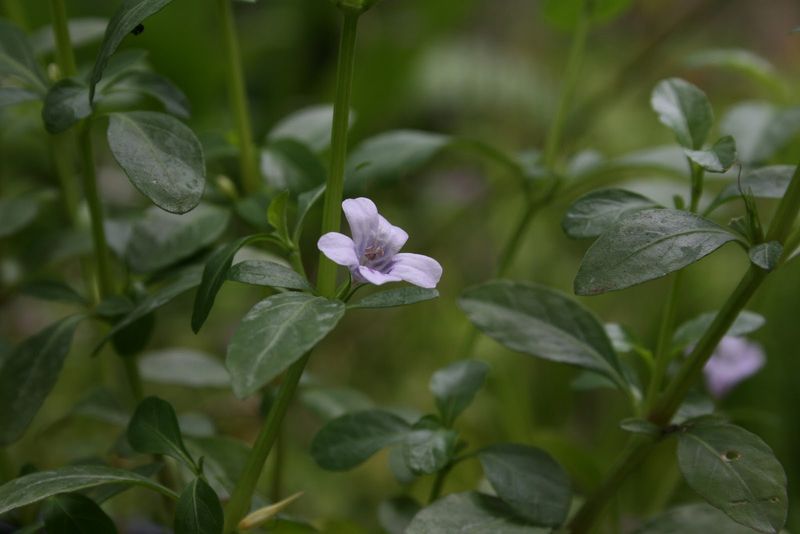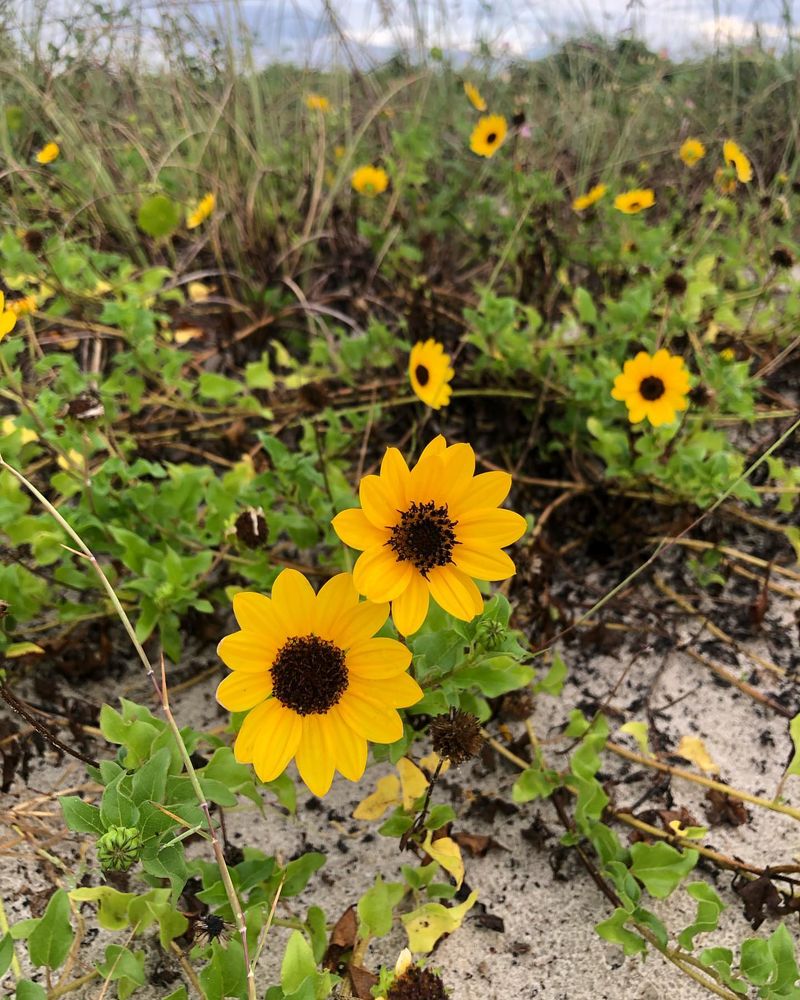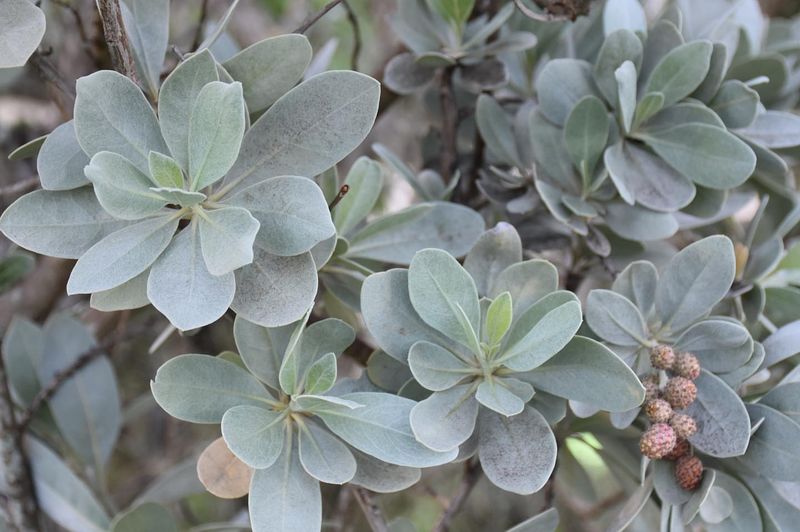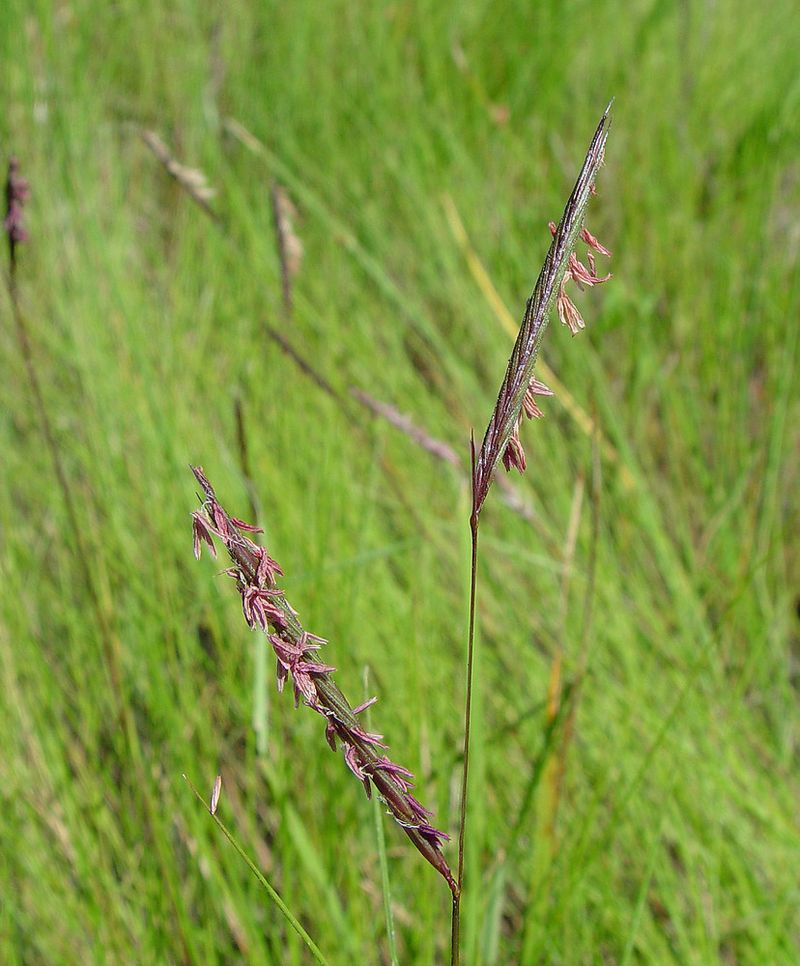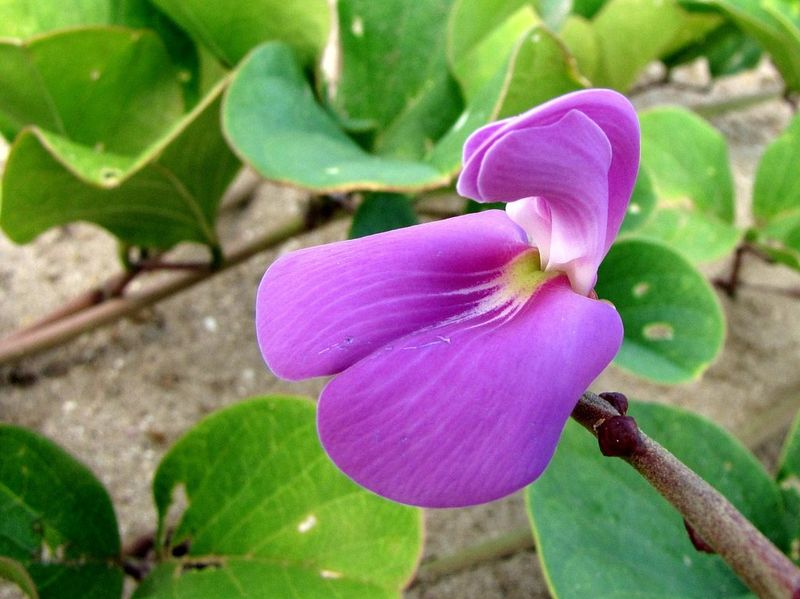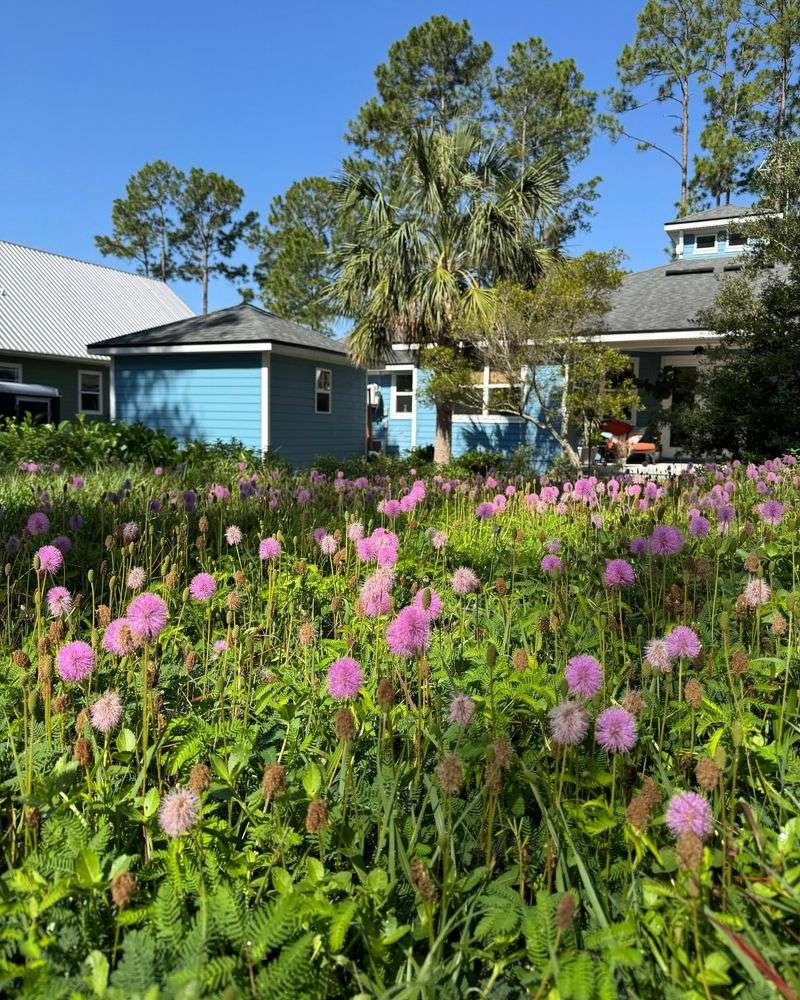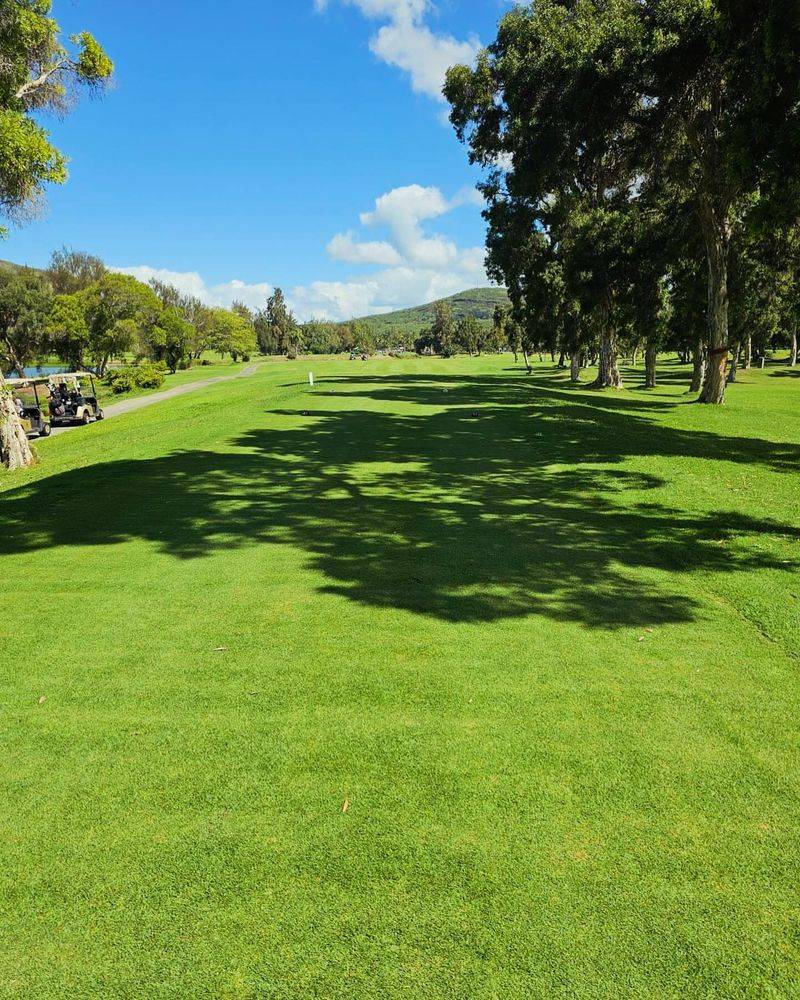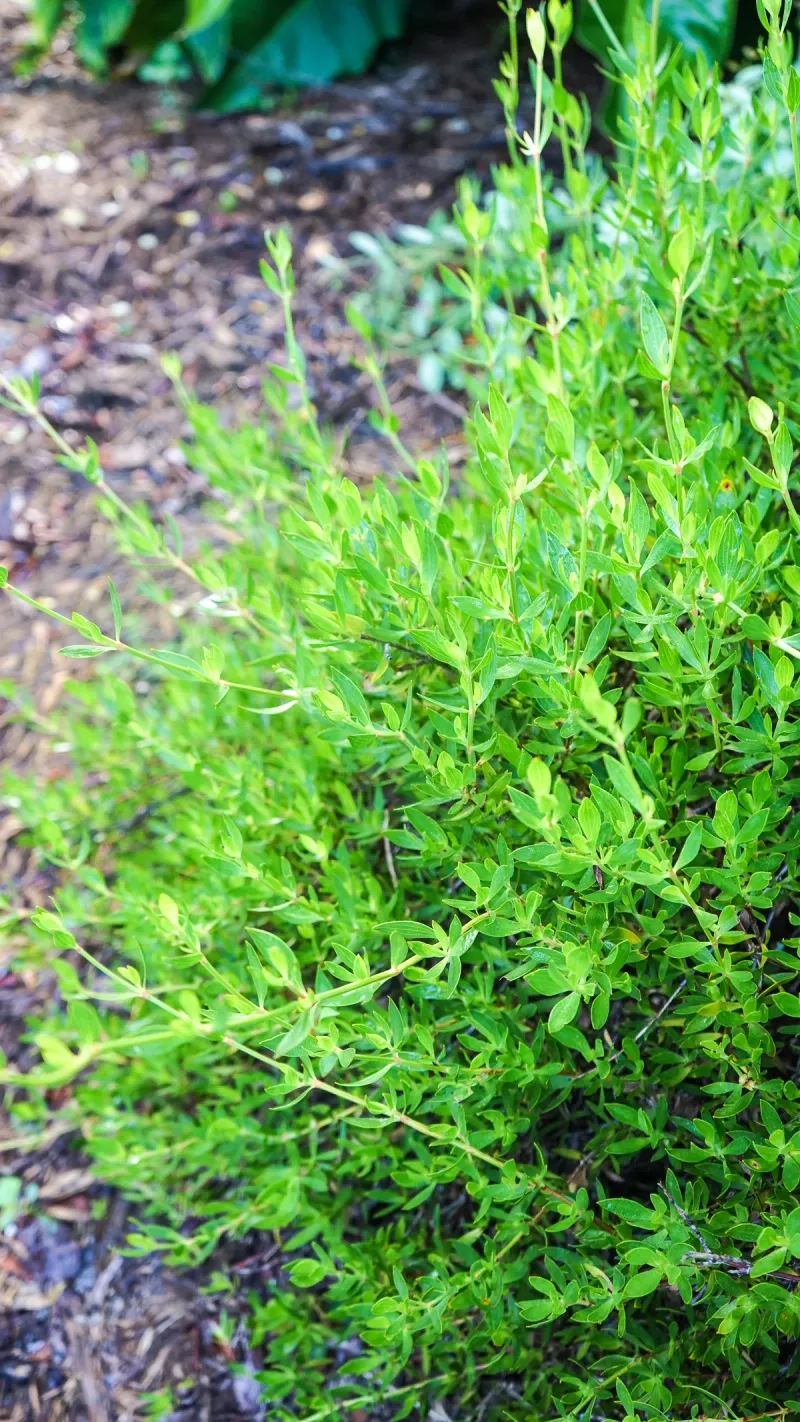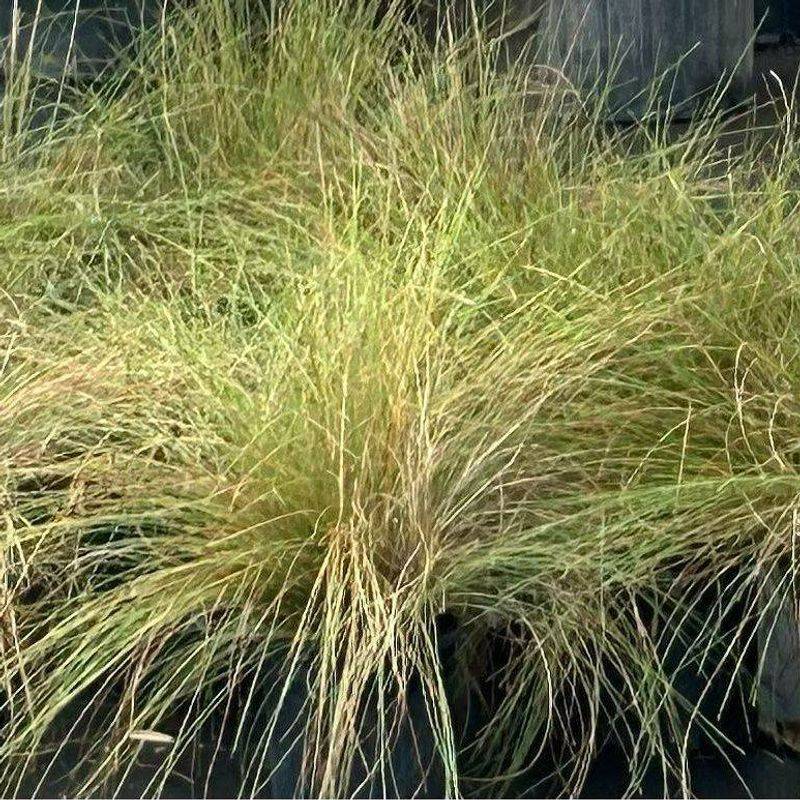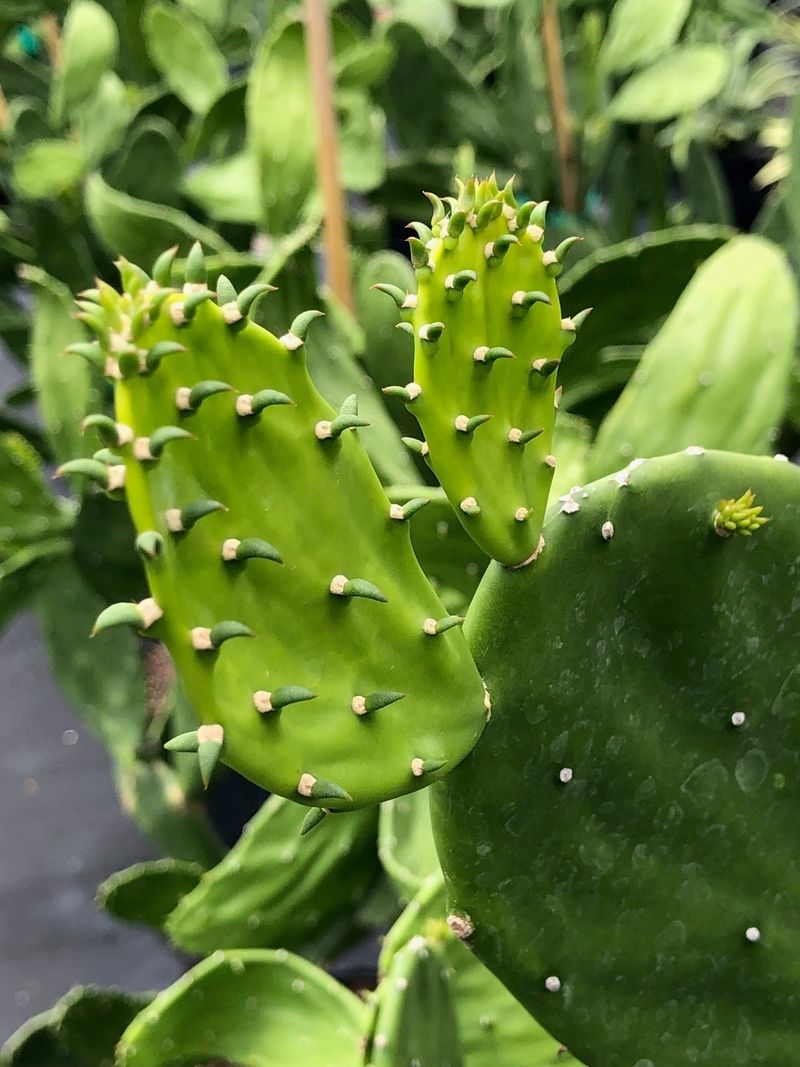Miami Gardens faces unique challenges with its coastal climate and recurring dry spells that make traditional lawns water-hungry and high-maintenance. Homeowners often struggle with patchy grass that demands constant irrigation, especially during drought periods when water restrictions tighten.
Native ground covers offer a practical solution that’s both water-wise and beautiful. These plants evolved in Florida’s sandy soils and can thrive with minimal irrigation once established, making them perfect alternatives to thirsty turf grass.
By replacing even a portion of lawn with these beach-tolerant natives, Miami Gardens residents can dramatically reduce water usage while creating habitats for local wildlife. The savings show up not just in water bills but also in reduced maintenance time and fewer lawn chemicals.
1. Replacing Patchy Sod With Sea Oats For Wind Resistance
The graceful stalks of sea oats dance in coastal breezes while their extensive root systems hold soil firmly in place. When I planted them along my property line, they quickly established themselves without fussy care.
Sea oats thrive in Miami Gardens’ sandy conditions and need almost no supplemental water once established. Their golden seed heads create a stunning visual effect from summer through fall.
Beyond beauty, these natives provide crucial habitat for small birds and insects that help control garden pests naturally.
2. Low-Growing Blanketflower For Quick Color And Pollinators
Splash vibrant reds and yellows across your yard with this cheerful native. Blanketflower creates a living carpet that butterflies and bees can’t resist.
Unlike fussy imported flowers, this tough plant handles Miami Gardens’ occasional dry spells without wilting. My neighbor replaced her front lawn with blanketflower last year and hasn’t turned on her sprinklers since.
The flowers bloom nearly year-round in our climate, creating constant color while conventional lawns turn brown during water restrictions.
3. Building Erosion Control With Railroad Vine
Purple morning glory-like flowers peek out from this fast-spreading vine that races across sandy areas. Railroad vine earned its nickname by rapidly covering ground, just like train tracks extending across the landscape.
This native thrives in Miami Gardens’ harshest conditions – salty spray, full sun, and poor soil don’t faze it. The deep roots stabilize slopes and prevent erosion during heavy rains.
After planting just three small starters along my driveway edge, the vine filled in completely within a single growing season.
4. Creeping Fakahatchee Grass For Shaded Corners
Not every Miami Gardens yard is sun-drenched. Those tricky spots under trees where grass struggles to grow become perfect homes for this elegant native grass.
Fakahatchee creates a lush carpet of narrow, bright green blades that wave gently in the breeze. Unlike typical lawn grass, it forms clumps that gradually spread to fill spaces without becoming invasive.
The shallow root system makes it ideal for planting around established trees where you don’t want to disturb major roots during installation.
5. Beach Morning Glory Along Walkways
Bright pink trumpet-shaped flowers open each morning along this trailing vine that hugs the ground. Unlike its aggressive cousin, the common morning glory, this native stays well-behaved while creating a stunning display.
The salt tolerance makes it perfect for Miami Gardens properties near the coast. I’ve watched mine survive flooding from summer storms that killed my neighbor’s imported plants.
Beach morning glory needs virtually no maintenance – no mowing, no fertilizing, and no supplemental water once established.
6. Sand Dune Sedge For High-Traffic Spots
Tough enough to handle occasional foot traffic but soft enough to walk on barefoot, sand dune sedge offers the perfect compromise for active yards. The fine-textured foliage creates a meadow-like appearance that sways beautifully in coastal breezes.
For me, the biggest surprise was how quickly it filled in bare patches around my patio. Within months, the sedge created a uniform carpet that stays green year-round in Miami Gardens.
Unlike traditional grass, it rarely needs cutting – just an occasional trim to keep it tidy.
7. Twinflower For Soft Ground Texture
Delicate pink blooms hover just above a carpet of rounded leaves in this charming native ground cover. Twinflower creates a living mulch that suppresses weeds while adding subtle color to garden edges.
The plant stays low to the ground, rarely exceeding three inches in height. This makes it perfect for Miami Gardens front yards where visibility matters for safety and curb appeal.
Even during water restrictions, twinflower maintains its fresh appearance with minimal irrigation, saving both water and the hassle of frequent watering.
8. Adding Pollinator Appeal With Beach Sunflower
Yellow daisy-like blooms cover this spreading native throughout most of the year. Butterflies, bees, and even hummingbirds flock to beach sunflower, turning your yard into a wildlife sanctuary.
The drought tolerance is remarkable – in my own Florida yard, these plants survived three weeks without rain during an unexpected dry spell. Their deep roots seek out available moisture far below the surface.
Beach sunflower spreads gradually through runners, eventually forming a dense mat that completely eliminates the need for mulch in garden beds.
9. Using Silver Buttonwood As A Hardy Border
Silvery-gray foliage creates dramatic contrast against other plants in the landscape. When pruned low, buttonwood forms a dense ground cover that defines garden edges with architectural precision.
Salt spray and drought conditions don’t deter this native coastal plant. Miami Gardens homeowners near brackish water particularly benefit from its remarkable tolerance for harsh conditions.
The distinctive coloring reflects sunlight, creating a cooling effect in the landscape that can help reduce overall temperatures around your home during hot summer months.
10. Combining Saltmeadow Cordgrass With Shell Paths
Fine-textured grass blades create movement and sound in the landscape as breezes pass through. Saltmeadow cordgrass forms neat clumps that work beautifully alongside crushed shell pathways for a natural beach-inspired look.
This native grass handles periodic flooding that would kill traditional lawn grass. Several Miami Gardens community projects have used it in rain gardens to manage stormwater naturally.
The root systems help filter pollutants from runoff before it reaches groundwater, providing ecological benefits beyond just water conservation.
11. Morning-After Beachbean In Coastal Edges
Glossy green leaves form a dense carpet punctuated by small purple flowers that add unexpected color. Beachbean spreads by underground runners, gradually filling in bare spots without becoming aggressive.
Salt tolerance makes this plant perfect for Miami Gardens properties where ocean spray occasionally reaches the landscape. The succulent-like foliage stores water naturally, helping it survive dry periods without irrigation.
A neighbor planted beachbean along her driveway edge three years ago, and it hasn’t needed watering since the initial establishment period.
12. Powderpuff Mimosa For Soil Health
Feathery foliage creates a soft, fernlike texture at ground level in this spreading native. Pink powderpuff flowers appear throughout warm months, adding splashes of color that contrast beautifully with the delicate leaves.
As a legume, mimosa naturally fixes nitrogen in the soil, improving growing conditions for neighboring plants. This makes it an excellent choice for Miami Gardens yards with poor sandy soil that needs enrichment.
The plant closes its leaves when touched – a fascinating feature that delights children and makes it a conversation starter in the landscape.
13. Seashore Paspalum For Damp Sections
Emerald green blades form a lawn-like appearance without the high water demands of traditional turf. Seashore paspalum thrives in areas that occasionally flood during Miami Gardens’ summer downpours.
Unlike standard St. Augustine grass, this native tolerates both salt and brackish water. The dense growth habit naturally suppresses weeds, reducing the need for herbicides that might contaminate runoff.
Several local parks have begun using paspalum in low-lying areas, demonstrating its effectiveness as a sustainable alternative to conventional grass.
14. Golden Creeper For Mixed Planting Beds
Heart-shaped leaves in bright chartreuse create a striking backdrop for flowering plants in mixed beds. Golden creeper spreads quickly to fill gaps between perennials, eliminating bare soil where weeds might take hold.
The shallow root system makes this an ideal companion for deeper-rooted plants. In my garden, it’s thrived beneath native shrubs without competing for resources.
Miami Gardens’ sandy soil doesn’t deter this adaptable plant – it actually performs better in lean soil with minimal fertilizer, making it truly low-maintenance.
15. Seaside Dropseed For Breezy Spots
Fountain-like clumps of fine grass create movement and catch light beautifully in open areas. Seaside dropseed grass thrives in Miami Gardens’ windiest spots where other plants struggle to establish.
The deep root system makes this native incredibly drought-tolerant once established. During summer’s deluge, it handles temporary flooding with equal resilience, making it perfect for our variable climate.
Small birds love the tiny seeds produced in fall, turning your yard into a natural feeding station that supports local wildlife without supplemental feeders.
16. Integrating Prickly Pear Cactus For Visual Interest
Paddle-shaped segments in blue-green create sculptural forms that add year-round interest. Despite its prickly reputation, newer varieties with minimal spines make this native surprisingly user-friendly in the landscape.
Brilliant yellow flowers appear in spring, followed by purple fruits that attract birds. When planted in Miami Gardens’ well-drained soils, prickly pear needs virtually no supplemental water after establishment.
A small planting near my mailbox has survived three years of neglect while still looking intentional and attractive throughout all seasons.

